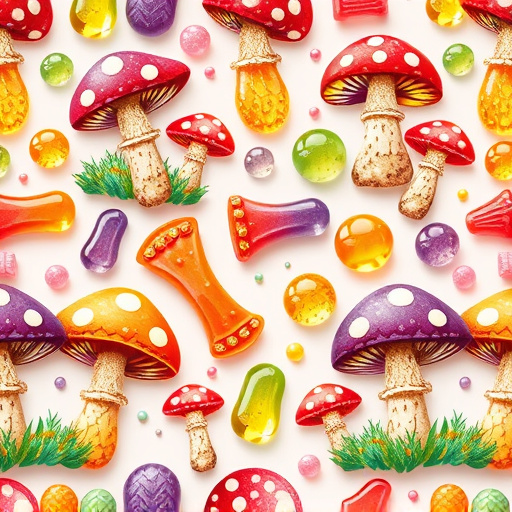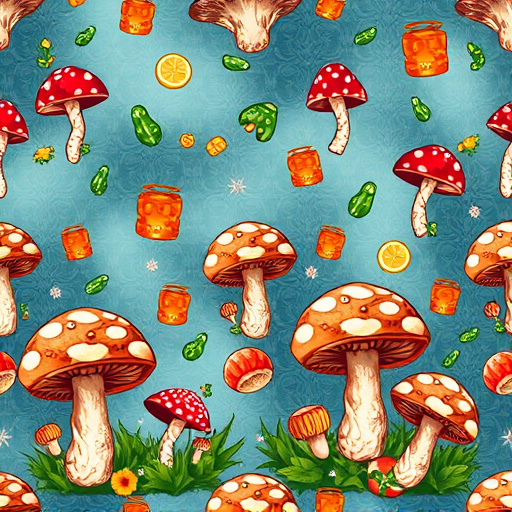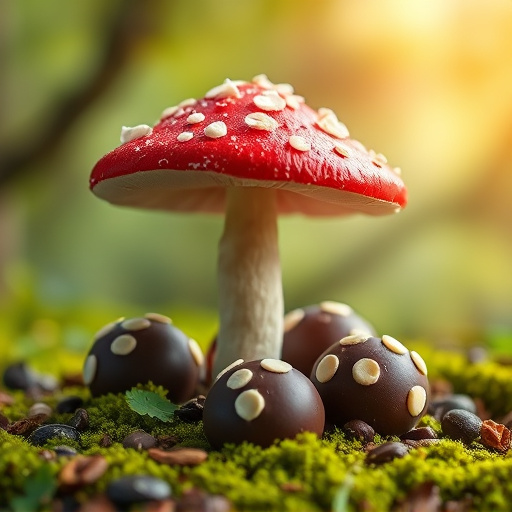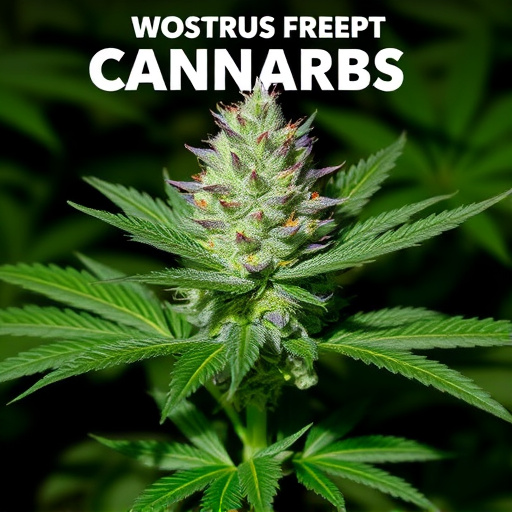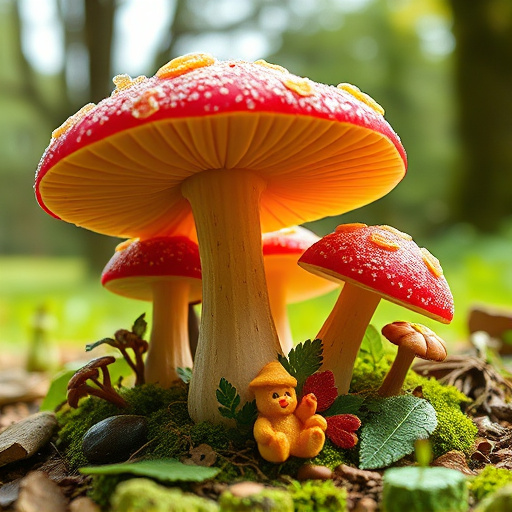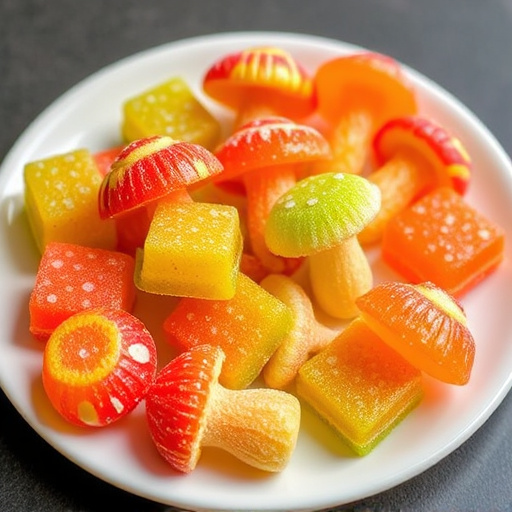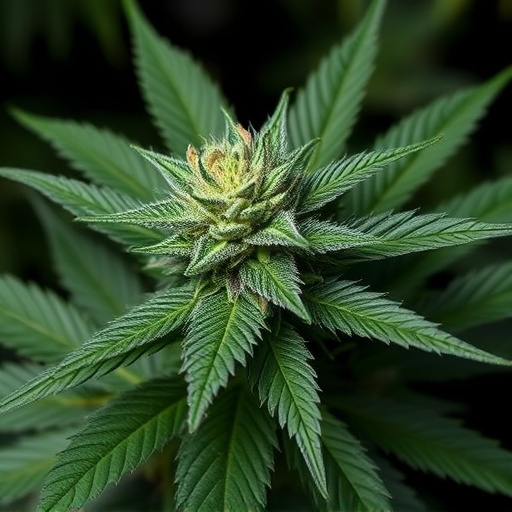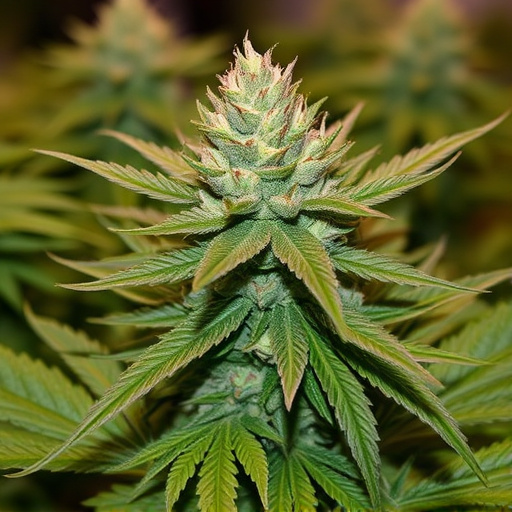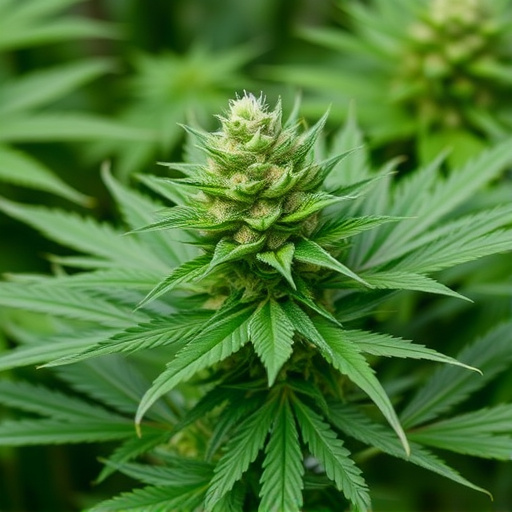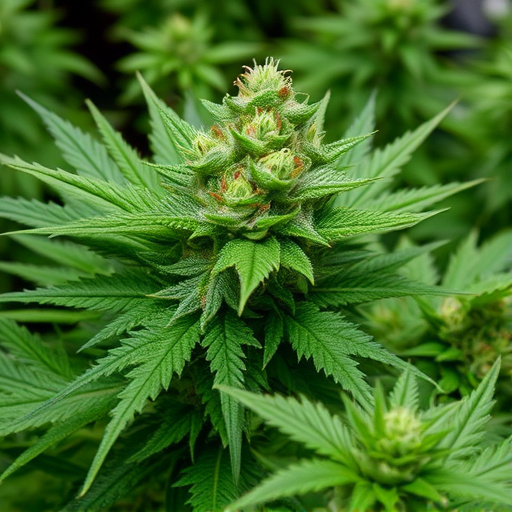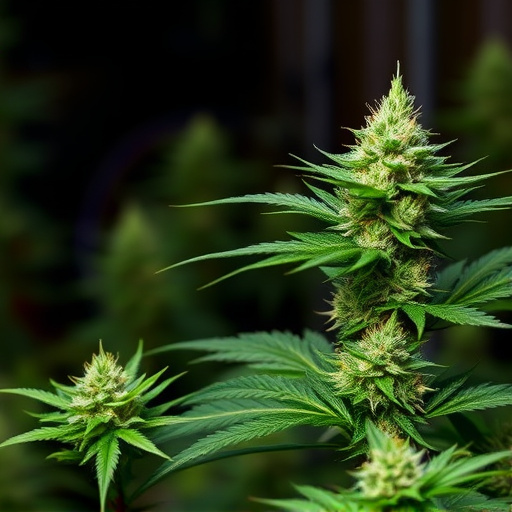Decarboxylation, a key process for cannabis enthusiasts, activates potent compounds like THC through heating, influencing product potency and flavor. Choosing high-yielding cannabis strains with robust trichome coverage ensures consistent, powerful results. Various decarboxylation methods, from oven baking to CO2 extraction or dehydrating, offer unique benefits, catering to different preferences and resources, to unlock the full potential of highest yielding cannabis strains.
Discover the art of decarboxylating cannabis flower to unlock its full potential. This process, essential for maximizing yield and potency, transforms raw cannabis into a usable form. Learn how understanding decarboxylation—the chemical reaction responsible for activating cannabinoids—is key to success. Explore the finest highest yielding cannabis strains for optimal results and master effective step-by-step methods to ensure a successful decarboxylation process, enhancing both quality and quantity.
- Understanding Decarboxylation: The Process and Its Importance for Cannabis Flower
- Selecting the Right Cannabis Strains for Optimal Decarboxylation
- Step-by-Step Guide: Effective Methods to Decarboxylate Cannabis Flower for Maximum Yield
Understanding Decarboxylation: The Process and Its Importance for Cannabis Flower
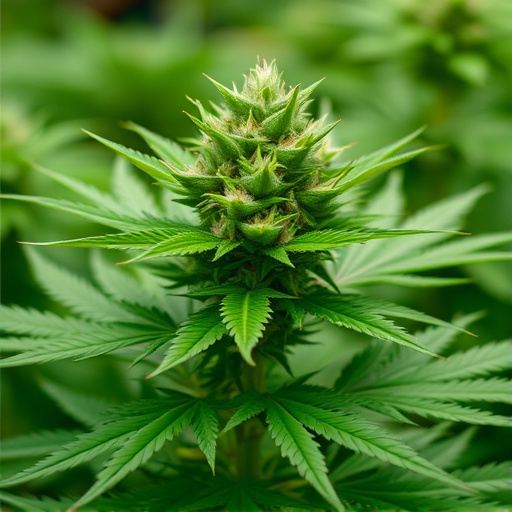
Decarboxylation is a crucial process for any cannabis enthusiast looking to unlock the full potential of their flowers, especially when it comes to enjoying the plant’s therapeutic and recreational benefits. This chemical reaction involves heating cannabis to activate its compounds, most notably tetrahydrocannabinol (THC), which is responsible for the plant’s psychoactive effects. Understanding this process is essential, as it significantly impacts the final product, particularly for those seeking the highest yielding cannabis strains.
During decarboxylation, the raw cannabis material undergoes a transformation where the plant’s aromatic terpenes and other valuable compounds become more concentrated. This activation occurs naturally over time, but by controlling the temperature and duration, users can ensure optimal results. Knowledge of this process allows cultivators to create products with consistent potency and flavor profiles, catering to a wide range of consumer preferences, especially those who appreciate the benefits of high-THC highest yielding cannabis strains.
Selecting the Right Cannabis Strains for Optimal Decarboxylation
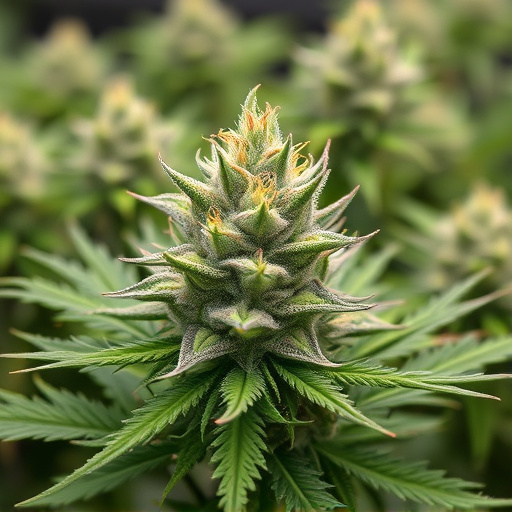
When selecting cannabis strains for decarboxylation, choosing the right ones can significantly impact the outcome. Opting for high-yielding cannabis strains is a strategic move, as these varieties are known to produce more potent and consistent results. Such strains have been cultivated over time to offer robust yields, ensuring a higher concentration of cannabinoids, including THC and CBD.
The key lies in understanding that different cannabis cultivars possess varying levels of trichomes—small glandular hairs responsible for capturing and concentrating active compounds. High-yielding strains tend to have thick trichome coverage, making them ideal for effective decarboxylation. This process involves heating the cannabis to activate these cannabinoids, so selecting a strain with robust trichomes guarantees a more powerful end product.
Step-by-Step Guide: Effective Methods to Decarboxylate Cannabis Flower for Maximum Yield
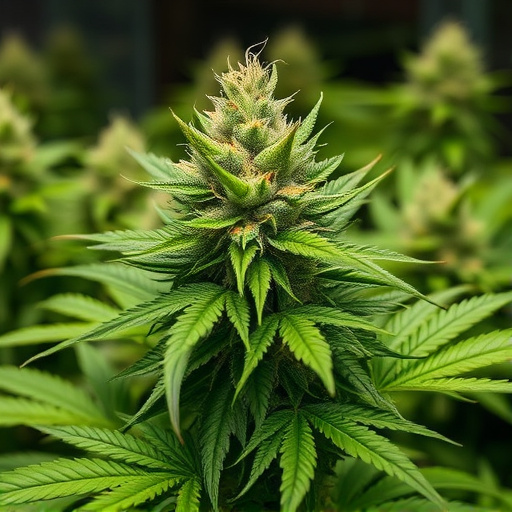
Decarboxylating cannabis flower is a crucial step in maximizing the yield and potency of your highest yielding cannabis strains. This process involves breaking down the THC (tetrahydrocannabinol) into its active form, ensuring that when you consume or vaporize the product, you reap the full benefits. There are several effective methods to choose from, each tailored to different preferences and equipment availability.
One popular method is using an oven at a low temperature (around 230-245°F or 110-120°C) for 30-60 minutes. This gentle approach preserves the delicate flavors and aromas of your cannabis flower while effectively decarboxylating it. Another modern technique leverages the power of CO2 extraction, where supercritical CO2 is used to separate the active compounds from the plant material. This method is highly efficient but requires specialized equipment. For a simpler DIY solution, some enthusiasts use a dehydrator, setting it at around 130°F (54°C) for several hours, allowing for slow and steady decarboxylation without introducing external heat.
Decarboxylating cannabis flower is a crucial step in maximizing its potential, especially when aiming for the highest yielding cannabis strains. By understanding the process and employing effective methods detailed in this article, you can ensure optimal results. With the right strains and techniques, you’ll be well-equipped to unlock the full therapeutic and recreational benefits of your cannabis flower. Remember, proper decarboxylation is key to creating superior cannabis products.
